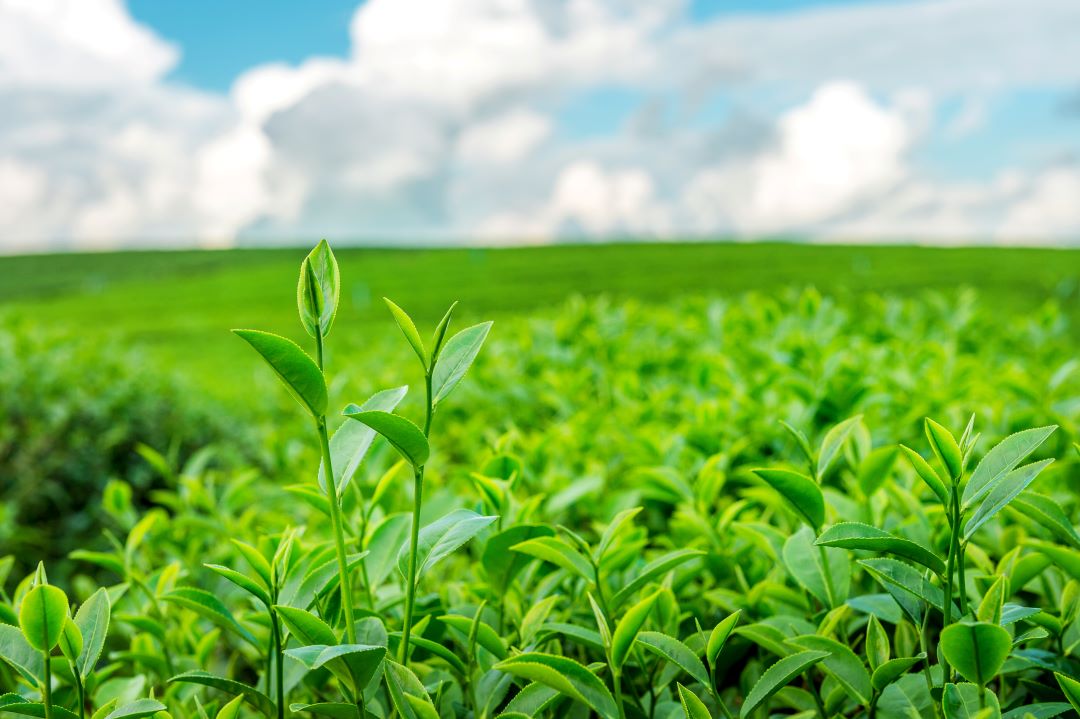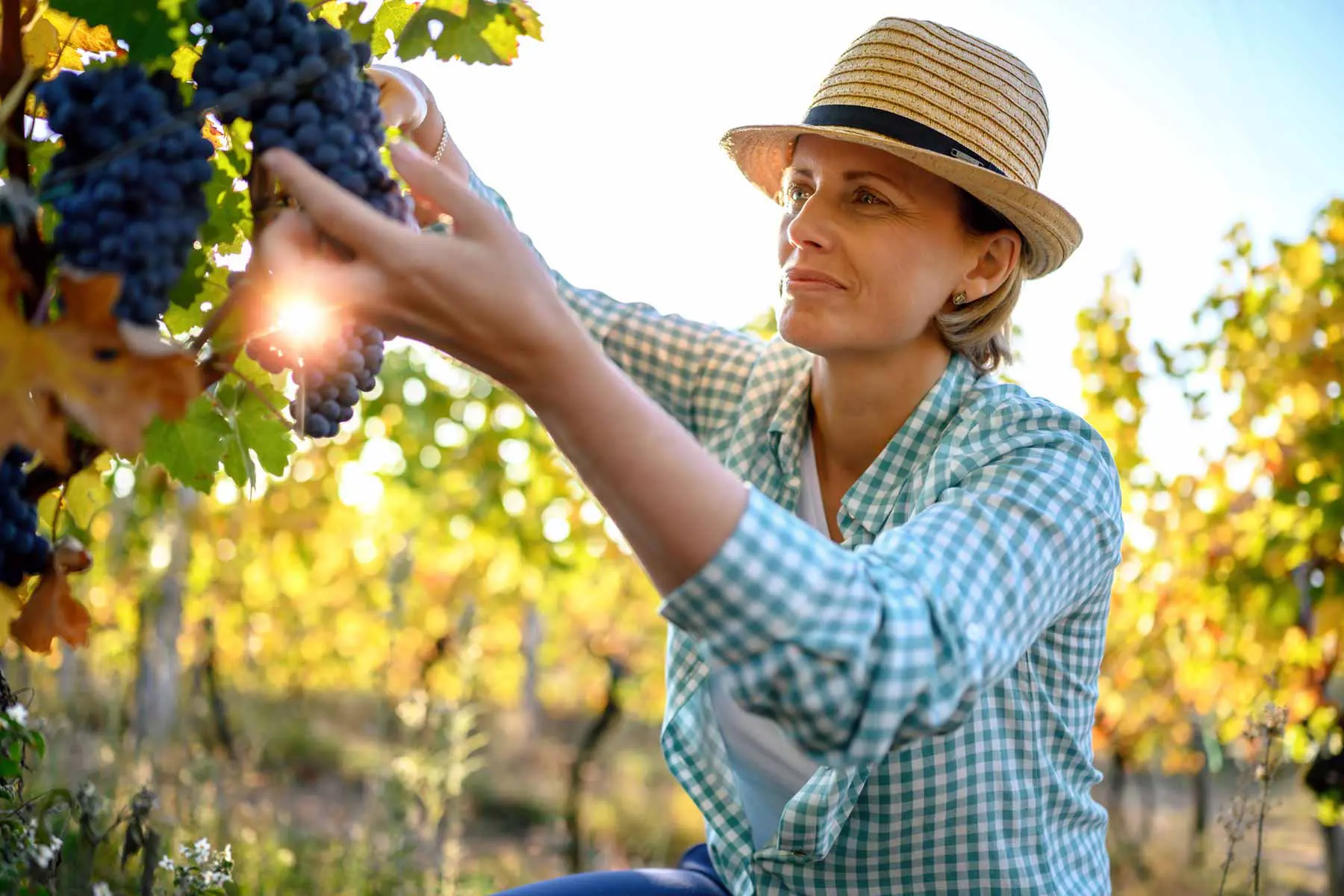Nature’s Healing Touch: Ayurveda and the Art of Herbal Cultivation
N a t u r e ’ s H e a l i n g T o u c h : A y u r v e d a a n d t h e A r t o f H e r b a l C u l t i v a t i o n

Ayurveda, an ancient system of medicine originating from India, promotes holistic well-being by recognizing the intricate connection between the body, mind, and spirit. The term “Ayurveda” is derived from Sanskrit, where “Ayur” means life and “Veda” means knowledge. It provides timeless wisdom regarding the fundamental principles of life.
In Ayurveda, individuals are categorized based on their unique constitutions or doshas, namely Vata, Pitta, and Kapha. These doshas represent different combinations of elements and energies within the body. Ayurvedic philosophy emphasizes restoring balance within these doshas to achieve optimal health, not only physically but also mentally and emotionally.
By understanding and harmonizing the doshas, Ayurveda offers personalized treatments tailored to each individual’s needs. This approach aims to restore equilibrium and promote overall well-being, reflecting the holistic nature of Ayurvedic healing.
Significance of Herbal Cultivation:
Central to Ayurvedic practices is the profound reverence for herbal remedies. Cultivating these herbs isn’t merely a task but a sacred journey to nurture both body and soul. Herbal cultivation aligns seamlessly with Ayurvedic principles, ensuring the purity and potency of remedies while fostering a deep connection with the natural world.
Growing and Harvesting Ayurvedic Herbs:
Ayurvedic herbs are cultivated with care, often following time-honored methods passed down through generations. From humble seeds or cuttings, these herbs are lovingly nurtured in fertile soil under optimal conditions, ensuring their vitality and potency. Harvesting is an act of mindfulness, done at the peak of potency to preserve their healing properties.
Utilization in Traditional Medicine:
Ayurvedic herbs form the very foundation of traditional medicine, offering a gentle yet powerful alternative to synthetic remedies. Whether in fresh, dried, powdered, or extract forms, these herbs address a plethora of health concerns. They work synergistically to promote holistic wellness when consumed internally, applied topically, or incorporated into daily rituals.
Conclusion:
In the tapestry of Ayurveda and herbal cultivation, we find not just a path to wellness, but a profound journey of self-discovery and healing. Let us honor this ancient tradition by nurturing not only herbs but also a deeper connection with nature and ourselves. In the realm of Ayurveda, every plant is a potent healer, and every garden, a sanctuary of well-being.

Katerina Monroe
@katerinam • More Posts by Katerina
Congratulations on the award, it's well deserved! You guys definitely know what you're doing. Looking forward to my next visit to the winery!










